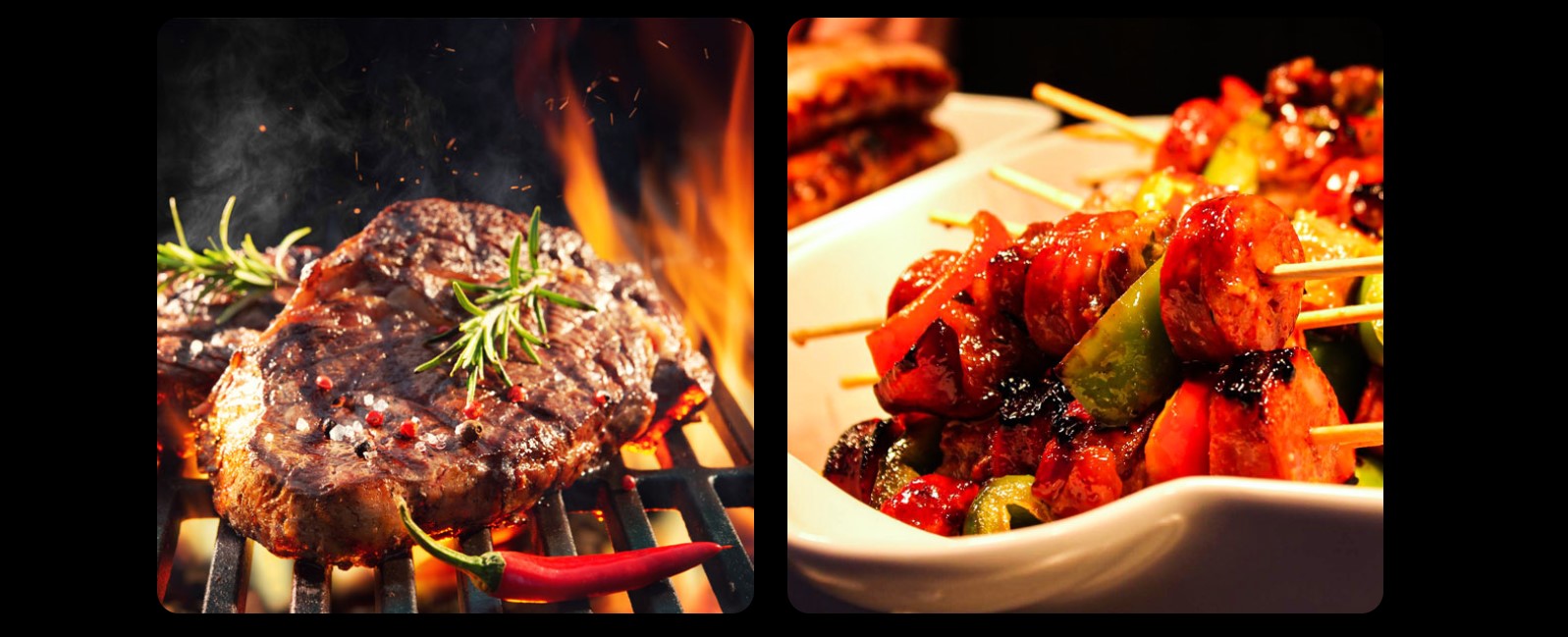When it comes to your hair, the pillowcase you choose can make a surprising difference. Whether you’re aiming to reduce frizz, prevent breakage, or maintain your hairstyle overnight, understanding the impact of different pillowcase materials is essential. In this comprehensive guide, we’ll explore the best pillowcase options for your hair, comparing common materials and offering tips for choosing the right one to keep your locks looking their best.
1. The Importance of Pillowcase Material for Hair Health
Your pillowcase comes into direct contact with your hair for hours each night, which can impact its health and appearance. As you move during sleep, friction between your hair and the pillowcase can lead to tangling, breakage, and frizz. The right pillowcase material can minimize these issues, helping you wake up with smoother, healthier hair.
2. Pillowcase Materials: Pros and Cons
1. Cotton Pillowcases
Pros:
- Breathability: Cotton is a breathable fabric, which helps with temperature regulation and can prevent excessive sweating.
- Affordability: Cotton pillowcases are generally more affordable compared to other materials.
- Variety: Available in a range of thread counts, colors, and patterns.
Cons:
- High Friction: Cotton has a rougher texture compared to other materials, which can create friction and lead to hair breakage and frizz.
- Absorbency: Cotton absorbs moisture, which can dry out your hair and skin, especially if you use hair products or have naturally dry hair.
2. Silk Pillowcases
Pros:
- Low Friction: Silk has a smooth surface that reduces friction, minimizing hair breakage and frizz.
- Moisture Retention: Silk does not absorb moisture as cotton does, helping to keep your hair hydrated.
- Smooth Texture: The smooth texture of silk can help prevent tangling and maintain hairstyles overnight.
Cons:
- Price: Silk pillowcases are generally more expensive than cotton options.
- Care: Silk requires delicate care, including hand washing or dry cleaning, and can be less durable over time.
3. Satin Pillowcases
Pros:
- Smooth Surface: Satin, like silk, has a smooth surface that reduces friction, preventing hair breakage and tangling.
- Affordability: Satin pillowcases are typically more affordable than silk but still offer similar benefits.
- Less Absorbent: Satin is less absorbent than cotton, helping to retain moisture in your hair.
Cons:
- Durability: Satin pillowcases may not be as durable as other materials and can wear out faster.
- Quality Variation: The quality of satin can vary, so it’s essential to choose high-quality options to avoid issues with durability and texture.
4. Bamboo Pillowcases
Pros:
- Soft and Smooth: Bamboo fabric is soft and has a smooth texture similar to silk and satin, which reduces friction and prevents hair damage.
- Breathability: Bamboo is highly breathable and moisture-wicking, keeping you cool and dry during sleep.
- Eco-Friendly: Bamboo is a sustainable and environmentally friendly material.
Cons:
- Cost: Bamboo pillowcases can be more expensive than cotton but generally less so than silk.
- Care: While bamboo is durable, it often requires specific washing instructions to maintain its properties.
5. Microfiber Pillowcases
Pros:
- Softness: Microfiber pillowcases are soft and smooth, reducing friction and minimizing hair breakage.
- Moisture Wicking: Microfiber is good at wicking moisture away from the surface, which can help manage sweat but might not retain moisture in the hair.
Cons:
- Synthetic Nature: As a synthetic fabric, microfiber may not be as breathable as natural materials, potentially leading to overheating.
- Durability: The longevity of microfiber pillowcases can vary based on quality and care.
3. Choosing the Right Pillowcase for Your Hair Type
1. For Curly or Textured Hair
Curly or textured hair can be prone to frizz and breakage. Opting for silk or satin pillowcases can help reduce friction, which minimizes these issues. The smooth surface of these materials helps maintain curl definition and reduces tangling.
2. For Straight or Fine Hair
Straight or fine hair can also benefit from the low-friction surface of silk or satin pillowcases. These materials can help prevent breakage and keep your hair looking smooth and shiny. For a more budget-friendly option, high-quality satin can offer similar benefits.
3. For Dry or Damaged Hair
If you have dry or damaged hair, silk or satin pillowcases can help retain moisture and prevent further dryness. The non-absorbent nature of these fabrics ensures that your hair’s natural oils and any moisturizing treatments stay in your hair rather than being absorbed by the pillowcase.
4. For Oily Hair
If you have oily hair, you might still benefit from the smooth surface of silk or satin pillowcases, which can help reduce friction and keep your hair from becoming greasy and tangled overnight. However, you might find that cotton or bamboo pillowcases are easier to wash and maintain in this case.
4. Additional Tips for Hair Care
- Maintain Clean Pillowcases: Regardless of the material, ensure that your pillowcases are clean. Oils, sweat, and hair products can accumulate and affect your hair health. Regular washing helps maintain a clean surface.
- Consider Hair-Friendly Products: In addition to choosing the right pillowcase, use hair-friendly products such as leave-in conditioners or hair oils to keep your hair healthy and hydrated.
- Silk or Satin Pillowcase Covers: If you’re not ready to invest in a full pillowcase, consider using a silk or satin pillowcase cover over your existing pillow. This allows you to enjoy the benefits of these materials without changing your entire pillow setup.
5. Conclusion
The pillowcase you choose can have a significant impact on the health and appearance of your hair. Silk and satin pillowcases stand out as top choices due to their smooth surfaces, which reduce friction and help prevent hair breakage and frizz. Bamboo and microfiber pillowcases also offer benefits, with bamboo being a sustainable option and microfiber providing softness at a lower cost. Cotton pillowcases, while breathable and affordable, can be more abrasive and less ideal for preserving hair health.
By selecting the right pillowcase material and following additional hair care tips, you can enjoy healthier, more manageable hair and a more restful sleep environment. Whether you opt for the luxurious feel of silk or the practicality of satin, investing in a pillowcase that caters to your hair’s needs is a step towards achieving your best hair every day.







